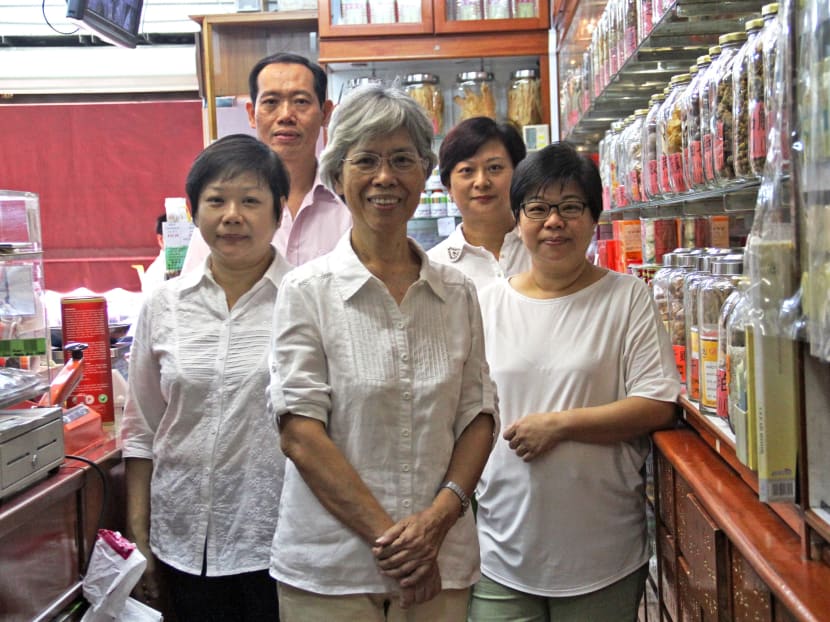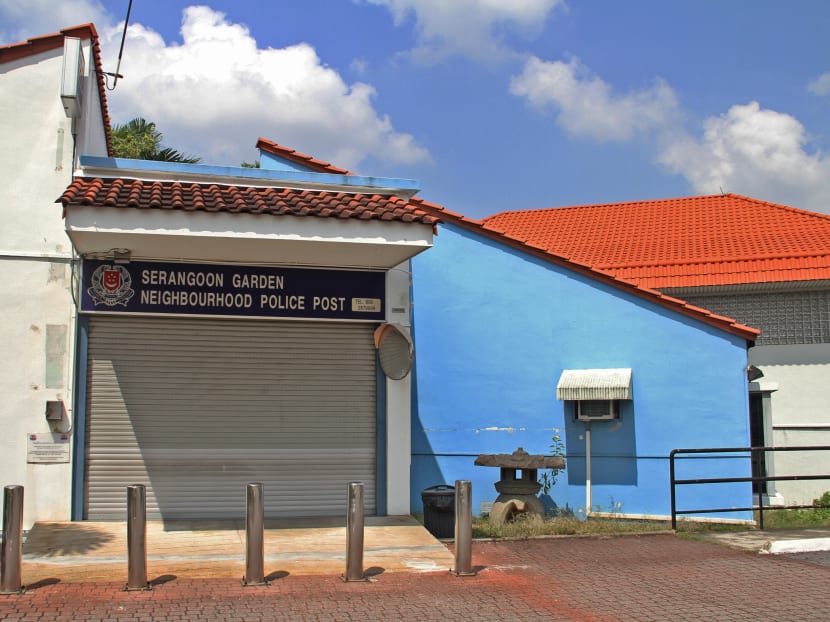New book explores history of Serangoon Gardens
SINGAPORE — It is famous for streets named after English towns by homesick soldiers of the Royal Air Force, and for houses with red zinc roofs that gave it the alternative name of ang sar lee (‘red zinc roofs’ in Hokkien).


SINGAPORE — It is famous for streets named after English towns by homesick soldiers of the Royal Air Force, and for houses with red zinc roofs that gave it the alternative name of ang sar lee (‘red zinc roofs’ in Hokkien).
But longtime residents of Serangoon Gardens also remember the cosy Nora Ini Bookstore (fondly known as NIB) that resided at Maju Avenue, and bread vendors whose buns they would dust off and eat when the bicycles tipped over from potholes in the pavement.
Their memories, recounted to six young authors aged 13 to 18, have been documented in a new book called Heritage Journeys: No Place Like Serangoon Gardens.
The book’s editor, Ms Catherine Khoo, frequented the NIB as a child and said she jumped at the chance to chronicle the neighbourhood’s history for the next generation through the Singapore Memory Project, whose irememberSG fund paid for about half the book’s cost.
“It’s more to bring back memories, and for another generation to learn,” said Ms Khoo, whose company Janus Education runs English enrichment programmes in primary and secondary schools that the young authors have attended.
Although most of the one-storey houses in Serangoon Gardens have been replaced by taller modern ones, some buildings like the Post Office have remained largely unchanged from the 1950s.
The histories of places like Serangoon Gardens serve as a microcosm of Singapore’s progress, said one of the authors, Lee Tat Wei, 17.
“We don’t really look back at the little things: The little pit stops between milestones, the things that really make Singapore, Singapore,” said the Anglo-Chinese School (Independent) student.
Among the personalities featured in the book are Pow Sing Restaurant’s Steven Tan and Lee Chin Soo, Rolina Curry Puffs’ Tham Niap Tiong, one of the sons of Paramount Theatre founder Chye Lee, and Chong Hoe Chinese Medical Store’s Jessica Chan.
Ms Chan, 53, whose late father opened the shop in 1957, said she decided to continue running it because of the neighbourhood’s friendly residents. “We all know each other, it’s like a kampong to us,” said Ms Chan, who remembers playing on the sandy road outside the store, near the circus.
Ms Chan is part of the book’s first chapter containing nuggets of the neighbourhood’s history; the remaining five chapters delve into Serangoon Gardens’ food, schools, recreation, and people. Two pages are also devoted to the “dark side” of the Gardens: The Goldbar Murders of 1971, where a group of 10 men killed a businessman and his two employees and robbed them of 120 gold bars at Chepstow Close.
Ms Khoo hopes the book, which will be available in libraries from this month, will allow more children to get a glimpse of the nation’s “smaller” histories.
It appears to have done so for the authors. “If I could have a time machine, I would really want to go back and explore back then,” said Eliora Joseph, 13, of National Junior College.
Said Tat Wei: “It’s very simple, but at the same time it has so much heart.”






